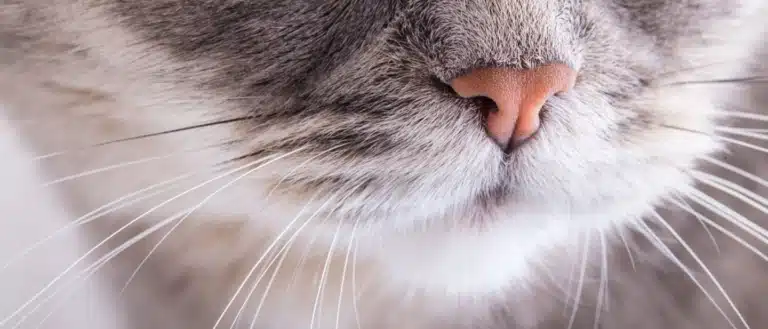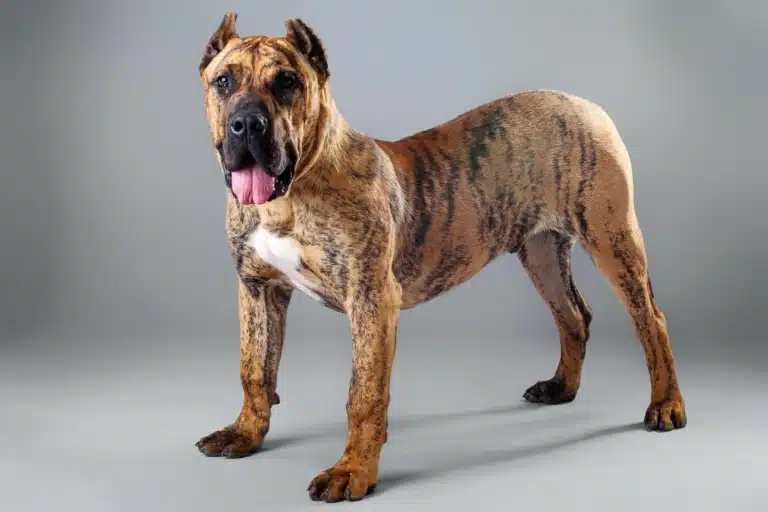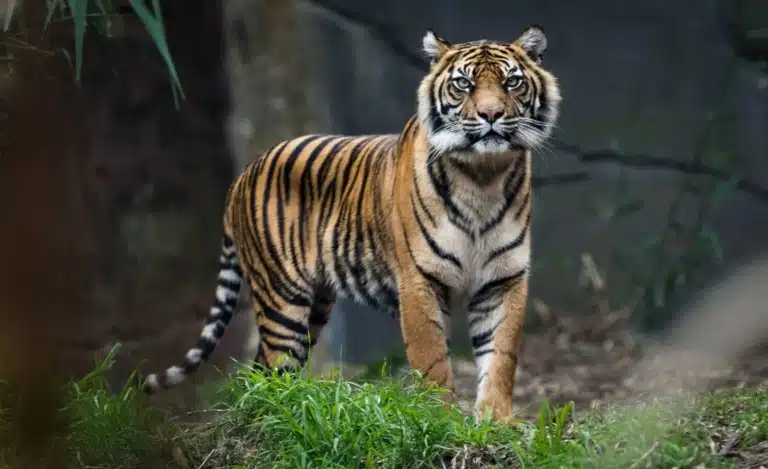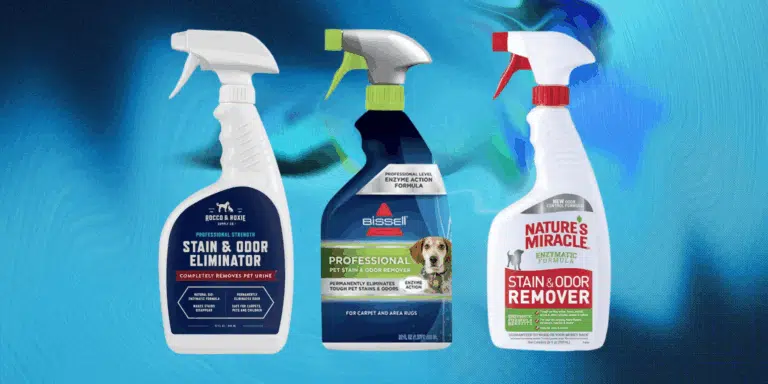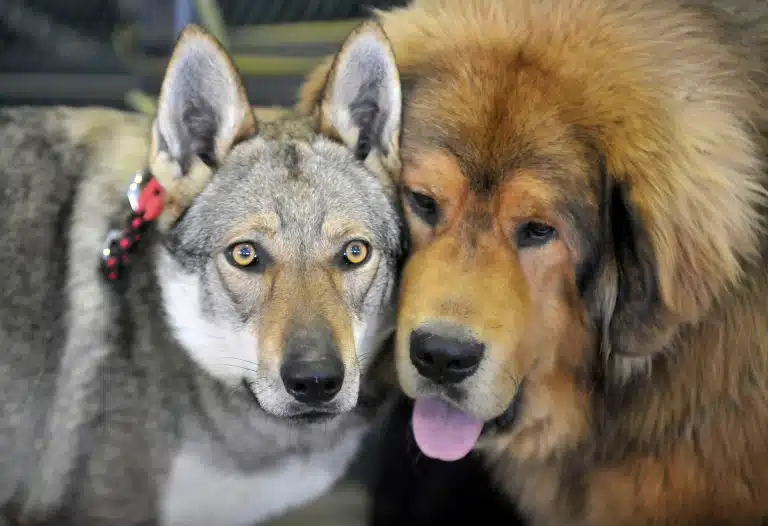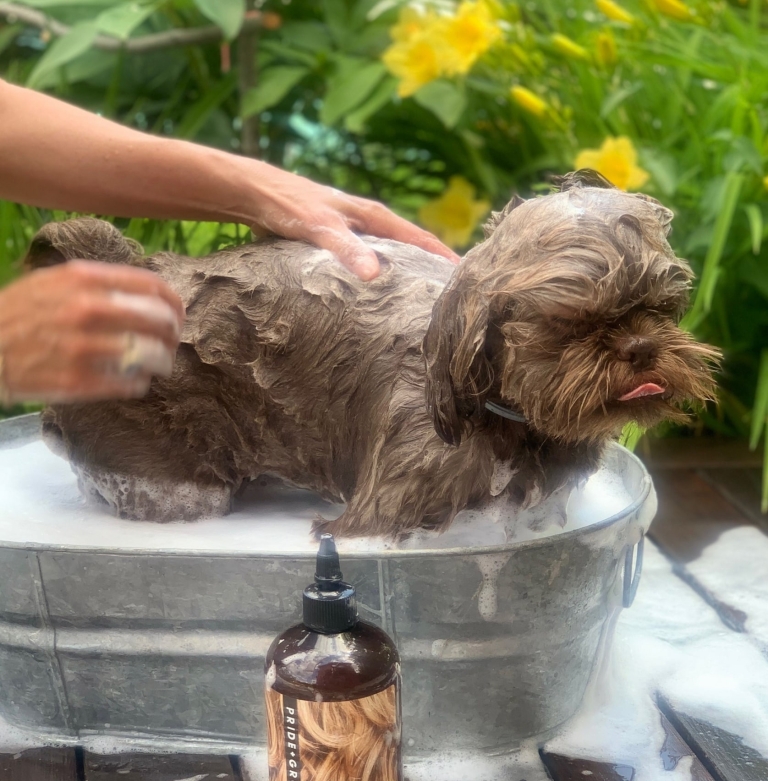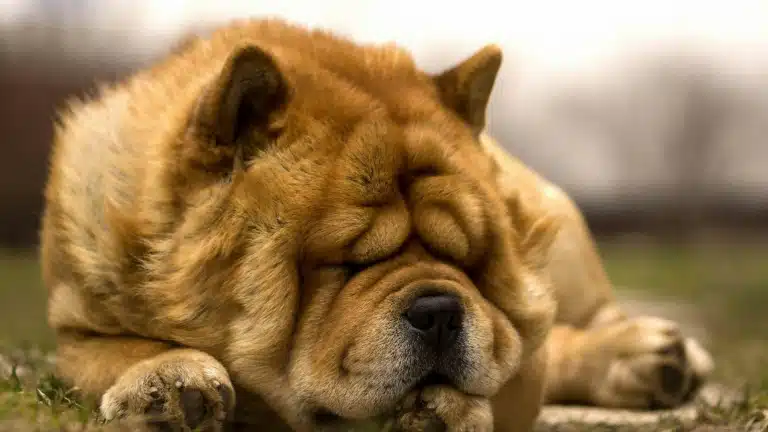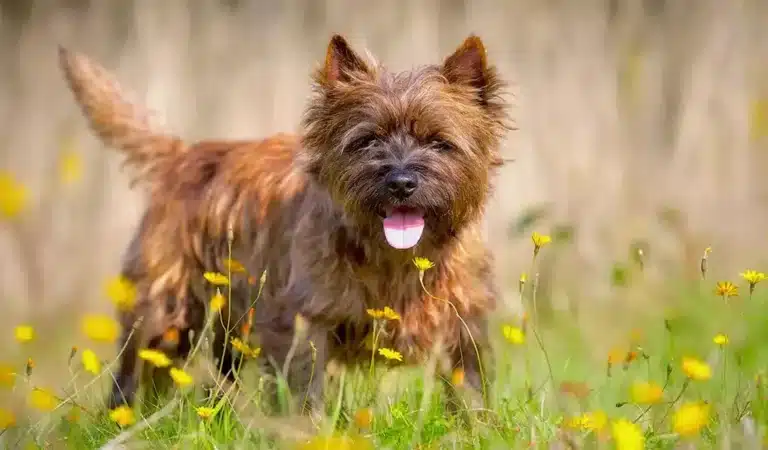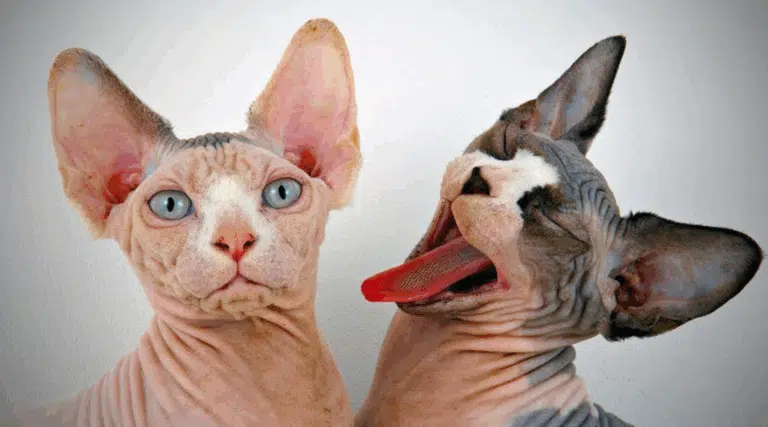The beauty and uniqueness of cat whiskers

Cats’ whiskers are small long hairs on the face, they are a real decoration that makes every cat special. Their grace and tenderness add mystery and charm to cats. Whiskers are an integral part of their image, which emphasizes their greatness and at the same time makes cats more cute. Without these wonderful antennae, cats would not be as charming and graceful as we are used to seeing them.
Physiological properties of whiskers
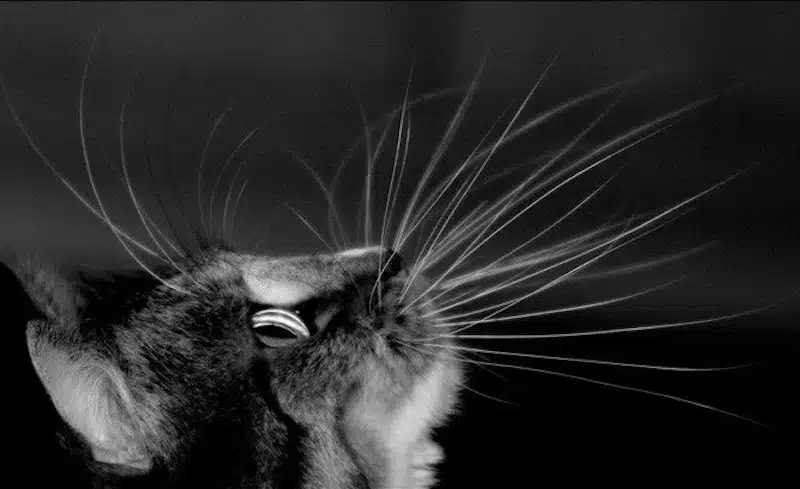
Cats’ whiskers are not ordinary hairs, but real magical antennae that help cats learn about the world. They are very sensitive and able to detect the smallest changes in the environment. When a cat approaches something, its whiskers work like radar, sensing even the slightest movement of air or obstacles in the way.
Whiskers play an important role in a cat’s daily life. They help to determine whether the cat will be able to pass through a narrow passage, or to feel the presence of other animals in the dark. Thanks to their whiskers, cats can hunt with ease, even in complete darkness, sensing every movement around them. Whiskers help them avoid danger and navigate in space, even when they can’t see with their own eyes.
So, a cat’s whiskers are a real superpower tool that makes it even more agile and intelligent in its mysterious feline world.
A scientific look at cat whiskers
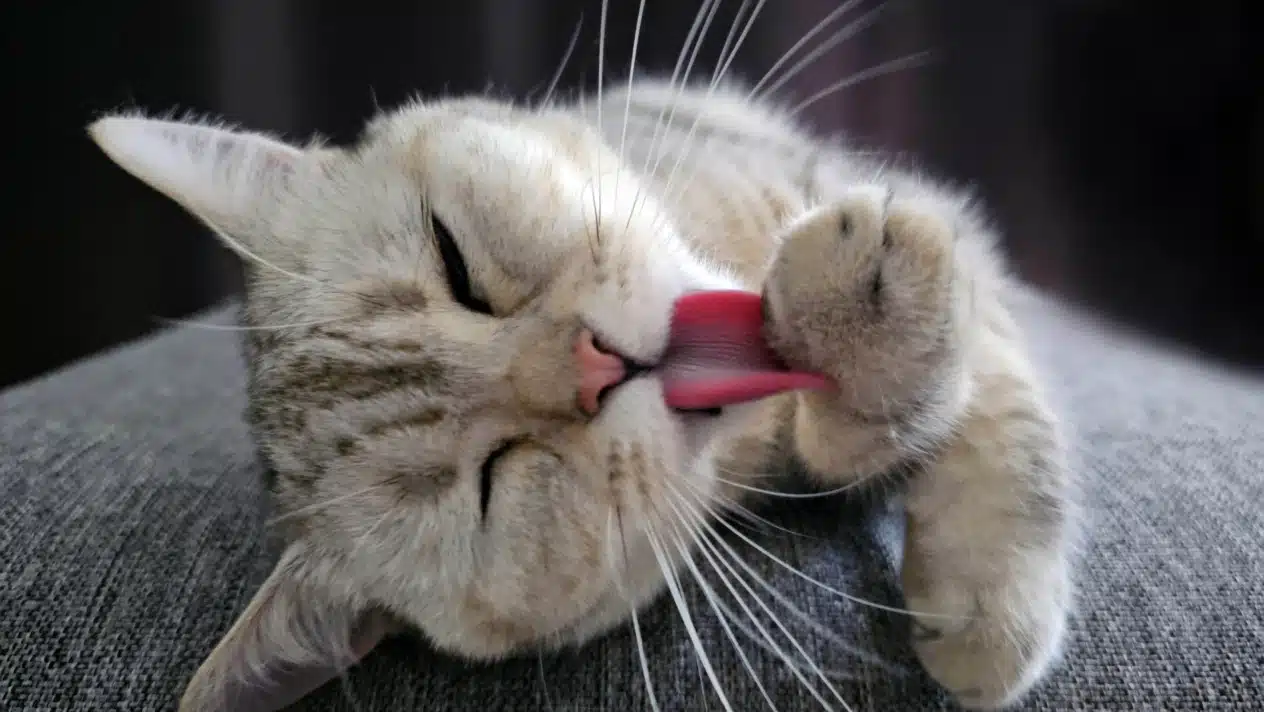
Cats’ whiskers are a complex system that is connected to their brain. At the base of each hair of the mustache are many nerve endings that send signals directly to the brain. This means that every touch or movement that the whiskers sense is instantly known to the cat.
Usually, a cat has about 24 main whiskers, 12 on each side of the face. These whiskers are located symmetrically, which helps the cat accurately determine the distance to objects on both sides. Each whisker can reach a length of up to 5-7 cm, depending on the breed of the cat and its individual characteristics. It is interesting that the length of the whiskers roughly corresponds to the width of the cat’s body, which allows it to judge whether it will be able to crawl through narrow passages.
Whiskers help cats judge distances, determine the size of objects, and even sense changes in the air. For example, when a cat tries to get through a narrow opening, it uses its whiskers to see if it can get through without a problem. Whiskers also help cats when hunting by allowing them to locate prey even if it is not moving.
These important hairs are located not only on the face, but also on the back of the paws, which helps the cat to orientate even better when hunting or moving.
Be careful with cat’s whiskers
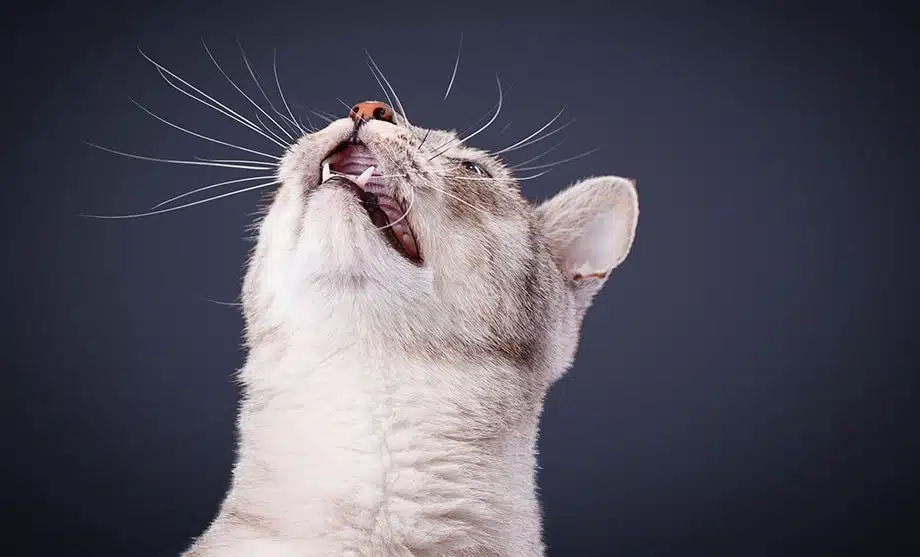
Whiskers are an extremely important organ of a cat, so they need to be protected. If you accidentally damage or cut the whiskers, it can have serious consequences for the cat’s health. Cats without whiskers can lose their orientation in space, which can lead to stress, injuries and even diseases.
Recommendations for children: do not touch the mustache
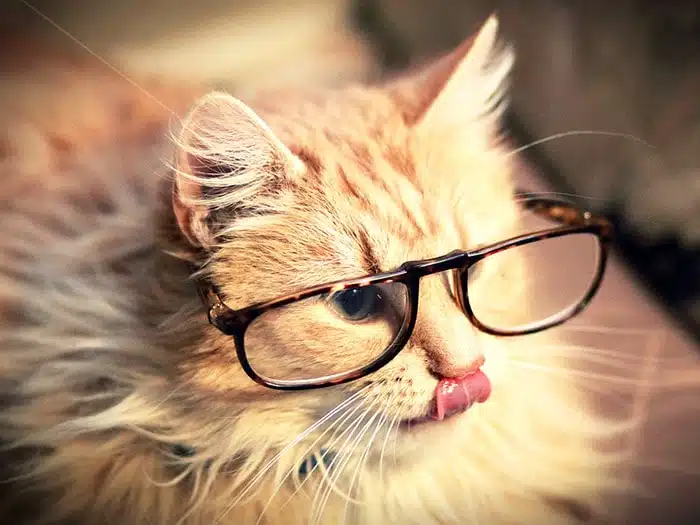
Dear children, remember that cats’ whiskers are not a toy. They cannot be pulled or cut. Whiskers help cats sense the world around them, and without them a cat can get lost or even get sick. If your cat allows you to pet him, be careful not to touch his whiskers.
Grooming Precautions: Avoid damaging the mustache
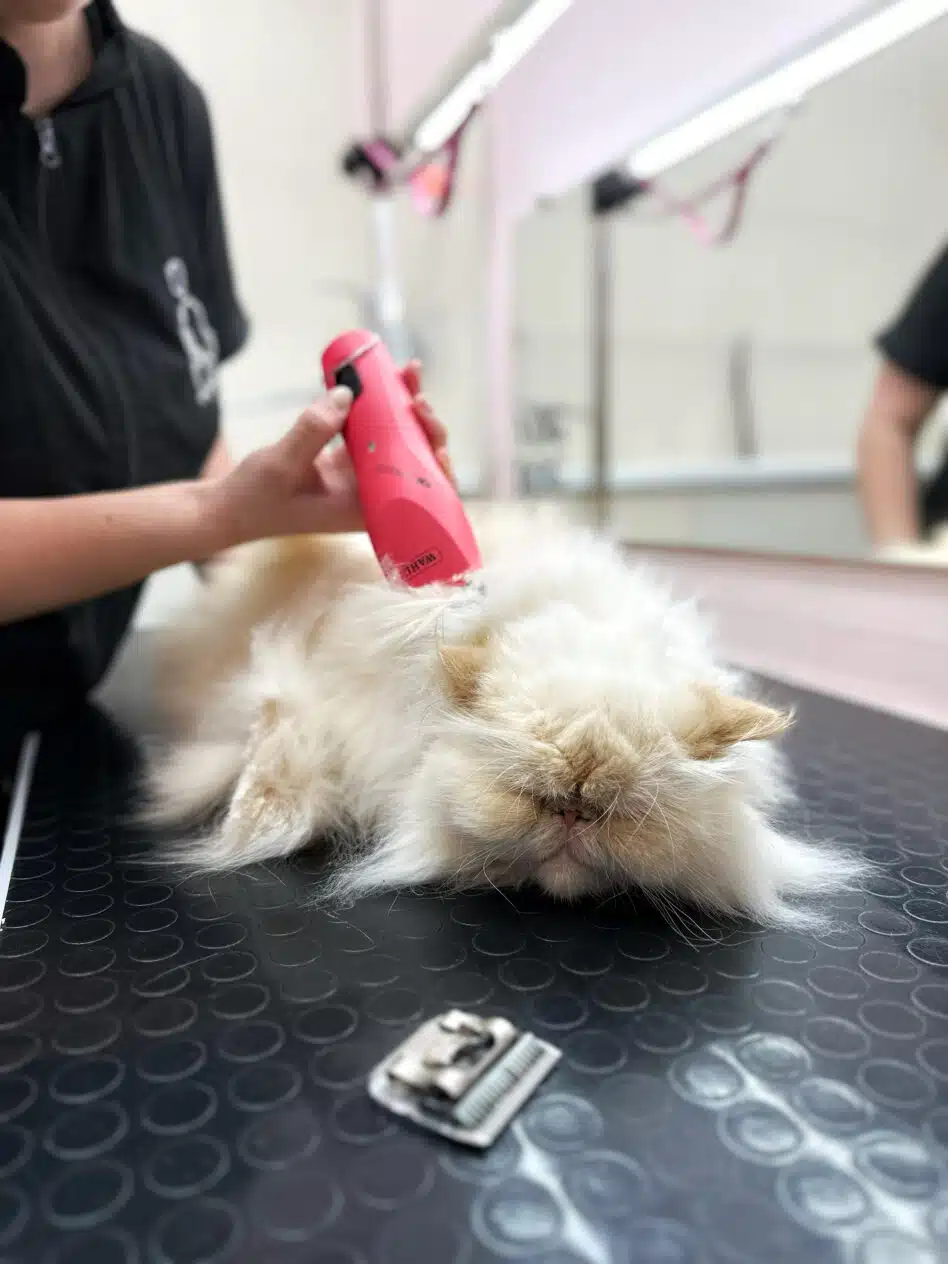
If you groom your cat or entrust it to a groomer, it is important to remember that the whiskers should not be trimmed or damaged. When grooming or cutting a cat, you should be very careful not to accidentally touch the whiskers. After all, even minor damage can lead to the loss of this important function.
Consequences of losing whiskers: possible diseases and a threat to the cat’s life
If a cat loses its whiskers, it can lose its ability to properly orient itself in space, which can lead to injuries and dangerous situations. In addition, cats without whiskers can experience a lot of stress and discomfort, which can affect their health. In some cases, it can even be a threat to their lives.
Therefore, be careful with the cat’s antennae!
TOP interesting facts about cat whiskers

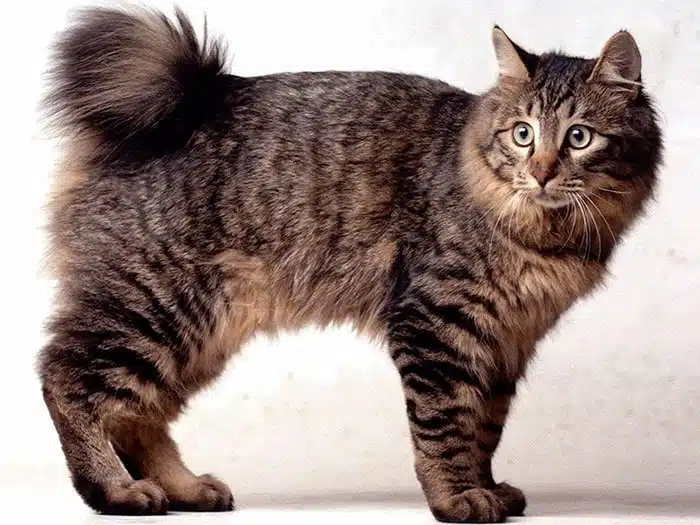
Sensitivity at the highest level: Cat’s whiskers are so sensitive that they can sense the slightest fluctuations in the air. This helps the cat to detect the presence of objects or movement in complete darkness.
Different places – different functions: Whiskers are located not only on the face, but also above the eyes, on the chin and even on the back of the paws. Each set of whiskers has a specific function to help the cat stay alert and agile.
Alarm signal: If the cat’s whiskers catch something in the dark, he knows about it instantly and reacts. This is one way cats have avoided danger for generations.
Body size under control: The length of a cat’s whiskers is usually equal to the width of its body. This allows the cat to determine whether it can pass through a narrow passage without getting stuck.
Whiskers as an indicator of mood: Cat’s whiskers can “tell” about the mood of your pet. When the cat is calm and relaxed, its whiskers lie along its face. But when he is excited or scared, the whiskers are stretched forward.
Whiskers as a navigator: Whiskers allow a cat to navigate in space, even if it can’t see anything in front of it. This is extremely useful when the cat is hunting or moving in an unfamiliar environment.
A powerful communication tool: With the help of whiskers, cats can communicate with each other, transmitting signals about their state and mood.
Whiskers grow back: If a cat loses whiskers, they can grow back, but it takes time. Until the whiskers do not grow, it may be difficult for the cat to navigate in space.
Whiskers help the cat “see” in the dark: Thanks to extremely sensitive whiskers, cats are able to hunt and move in complete darkness, using their whiskers as a “third eye”.
Conclusion
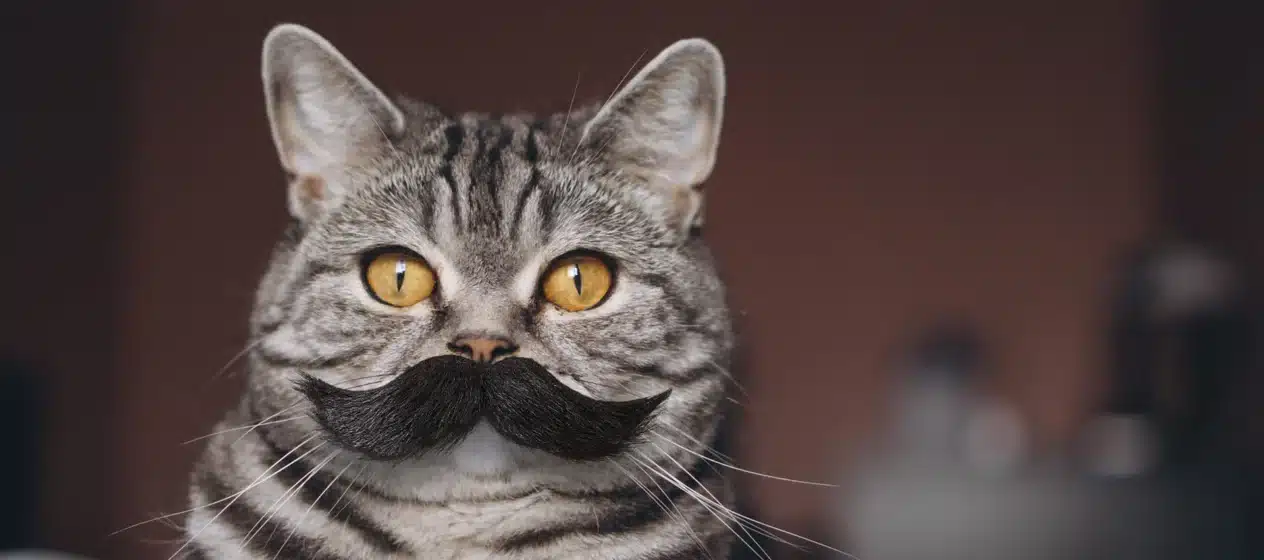
A cat’s whiskers are a vital organ that helps it navigate the world. They perform the functions of radar, navigator and mood indicator. Since the whiskers are very sensitive and important for the cat’s health, they should be protected from damage. Be careful when petting or grooming the cat, especially when grooming the cat.

